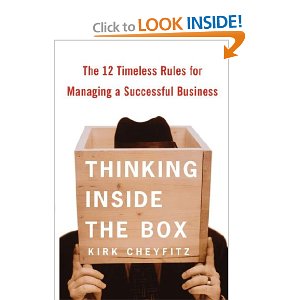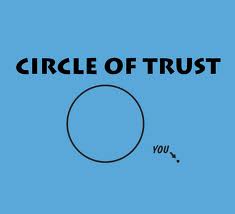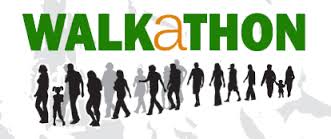 Last week I wrote a post titled “Philanthropy is all about individuals” and focused on the newest set of data in the Giving USA annual report. Not surprisingly, the report told us that individuals are responsible for more than three-quarters of charitable giving. Of course, not every non-profit organization asks individuals for their support in the same way, which is why I found the information in Software Advice’s report titled “Which Fundraising Event Is Best for Your Nonprofit? IndustryView | 2015” very interesting.
Last week I wrote a post titled “Philanthropy is all about individuals” and focused on the newest set of data in the Giving USA annual report. Not surprisingly, the report told us that individuals are responsible for more than three-quarters of charitable giving. Of course, not every non-profit organization asks individuals for their support in the same way, which is why I found the information in Software Advice’s report titled “Which Fundraising Event Is Best for Your Nonprofit? IndustryView | 2015” very interesting.
There are many ways to ask individuals for their charitable dollars and support:
- special events
- annual campaign pledge drives
- direct mail
- major gift proposals
- capital campaigns
- endowment appeals
- any number of online giving strategies (e.g. personal pages, crowdfunding, social media appeals, website landing page, etc)
Savvy non-profits have a diverse approach and often include many of these strategies in their written resource development plan. Smaller organizations usually embrace fewer of these approaches simply because their organizational capacity doesn’t allow them to do everything.
The following statement from the Software Advice report caught my attention:
“According to the research group Nonprofit Research Collaborative, event fundraising is quite popular: 82 percent of nonprofits host galas, golf tournaments, competitive races and other types of events to amass contributions and raise awareness for causes.”
 In other words, most of us run at least one special event as part of our comprehensive resource development program. While this was foreseeable and expected, what was surprising to me was that different size non-profit organizations get more bang-for-their-buck from different types of events. And what floored me was that regardless of organizational size most respondents reported that “fun runs and walks” universally receive a high return on investment (ROI).
In other words, most of us run at least one special event as part of our comprehensive resource development program. While this was foreseeable and expected, what was surprising to me was that different size non-profit organizations get more bang-for-their-buck from different types of events. And what floored me was that regardless of organizational size most respondents reported that “fun runs and walks” universally receive a high return on investment (ROI).
And then I remembered what I wrote last week . . .
Philanthropy is all about individuals
Of course, “fun runs / walks” get the most ROI when compared to other events. They engage a lotw of individuals both as volunteers and even more as donors who might have been asked to make pledge for every mile walked.
Janna Finch, who is a non-profit researcher for Software Advice summed it up best when she said:
“We found that fun runs and walks, a-thon events and competitions are best for small nonprofits—including athletic clubs, PTAs, booster clubs and similar—because they are budget-friendly and easy to plan no matter a person’s experience. The good news is many of those types of organizations already host such events and execute on planning them very well.”
In addition to the report’s finding on”fun runs and walks,” the following are few additional key findings:
- Small nonprofits are at a disadvantage compared to larger nonprofits: Respondents say the upfront investment for an event is a strain on resources.
- On average, a-thon events have the lowest cost per dollar raised (CPDR), and thus are suitable for all nonprofits. Concerts have the highest CPDR, requiring a larger budget.
- CPDR, number of new donors and number of attendees are the most popular metrics to measure event success, used by 83 percent, 80 percent and 75 percent of respondents, respectively.
- Respondents say that software, including fundraising and event management applications, speeds up event performance analysis and improves experiences for both staff and attendees.
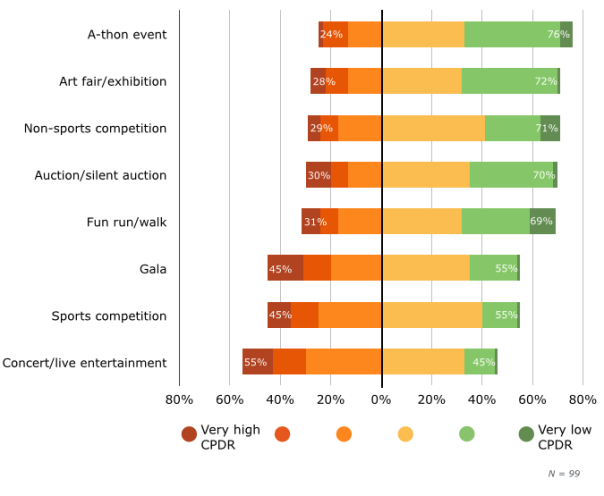
The following is an awesome SlideShare document summary provided by Software Advice that nicely summarizes everything for those of you who don’t have time to read the entire report:
If you do have a little time, you really should click-through and read the report. It contains lots of interesting facts and findings that you and your fundraising volunteers will likely find thought provoking.
Does your organization run special events? How do you determine which ones are best for you, your volunteers, and your community? What data analytics do you track and how do you use it?
Here’s to your health!
Erik Anderson
Founder & President, The Healthy Non-Profit LLC
www.thehealthynonprofit.com
erik@thehealthynonprofit.com
http://twitter.com/#!/eanderson847
http://www.facebook.com/eanderson847
http://www.linkedin.com/in/erikanderson847

 I am thrilled to be hosting the
I am thrilled to be hosting the 
 Do you know which skills and experiences are most important for a new board volunteer to possess in order to succeed on your board? Knowing this could help your organization conduct better prospecting exercises and result in better prospect recruitment lists. Today’s post is the third in a three part non-profit board development series that started last week. During this time, we focused on a recent survey released by our friends at non-profit
Do you know which skills and experiences are most important for a new board volunteer to possess in order to succeed on your board? Knowing this could help your organization conduct better prospecting exercises and result in better prospect recruitment lists. Today’s post is the third in a three part non-profit board development series that started last week. During this time, we focused on a recent survey released by our friends at non-profit 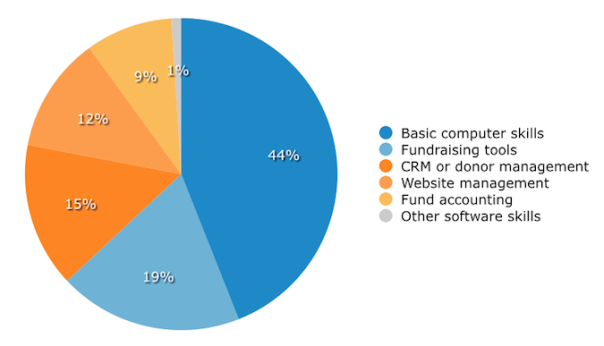

 If you haven’t heard
If you haven’t heard  I am a member of GenX, and this news made my heart sing. I was so excited to hear that my Baby Boomer board could be transformed into that type of board. I came home from that conference with renewed focus and determination to figure out how tech can help my board become more engaged and efficient in governance.
I am a member of GenX, and this news made my heart sing. I was so excited to hear that my Baby Boomer board could be transformed into that type of board. I came home from that conference with renewed focus and determination to figure out how tech can help my board become more engaged and efficient in governance. When I read that only 25% of survey respondents identified “fundraising skills and experiences” as having a great impact on a board member’s success, I literally groaned and rolled by eyes.
When I read that only 25% of survey respondents identified “fundraising skills and experiences” as having a great impact on a board member’s success, I literally groaned and rolled by eyes. As I said in an earlier post this week, I am currently in Reno, Nevada at Boys & Girls Clubs of America’s Pacific Leadership Conference. The conference is being held at Silver Legacy Resort & Casino. Of course, in order to get from the hotel to the conference sessions, you need to walk through the casino where you are bombarded by all sorts of “shiny objects”.
As I said in an earlier post this week, I am currently in Reno, Nevada at Boys & Girls Clubs of America’s Pacific Leadership Conference. The conference is being held at Silver Legacy Resort & Casino. Of course, in order to get from the hotel to the conference sessions, you need to walk through the casino where you are bombarded by all sorts of “shiny objects”. In an effort to make the time pass more quickly, I started making a list. Admittedly, I started thinking way outside of the box, but here is some of what I came up with:
In an effort to make the time pass more quickly, I started making a list. Admittedly, I started thinking way outside of the box, but here is some of what I came up with:





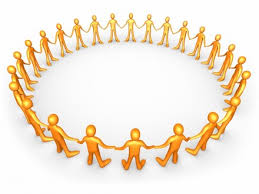
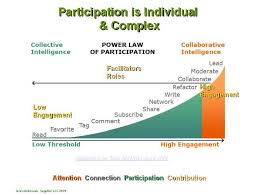





 I was recently engaged in an engaging discussion about board development with a great group of non-profit board volunteers. The range of topics in that conversation spanned issues such as prospect identification, evaluation methods, prioritizing prospect lists, cultivating prospects, recruitment process, orientation, recognition, and evaluation. It was one of those conversations that a facilitator loves because everyone was engaged and actively participating. There was an energetic dynamic in the room, and then someone asked a really tough question:
I was recently engaged in an engaging discussion about board development with a great group of non-profit board volunteers. The range of topics in that conversation spanned issues such as prospect identification, evaluation methods, prioritizing prospect lists, cultivating prospects, recruitment process, orientation, recognition, and evaluation. It was one of those conversations that a facilitator loves because everyone was engaged and actively participating. There was an energetic dynamic in the room, and then someone asked a really tough question: For decades (and probably centuries), board development committees have answered this question the old fashion way. They sat down around a table and talked it over. Those committees who were successful had a diversity of people sitting around the table and were able to assess a prospect’s social network in an anecdotal manner. They talked about what they see and hear about the prospect. Here are just some of the things they most likely talked through:
For decades (and probably centuries), board development committees have answered this question the old fashion way. They sat down around a table and talked it over. Those committees who were successful had a diversity of people sitting around the table and were able to assess a prospect’s social network in an anecdotal manner. They talked about what they see and hear about the prospect. Here are just some of the things they most likely talked through: However, there are some “21st Century” tools that your board development committee might want to start using when talking through the issue of a prospect’s network. Consider the following:
However, there are some “21st Century” tools that your board development committee might want to start using when talking through the issue of a prospect’s network. Consider the following: